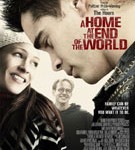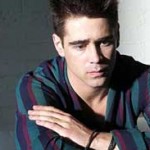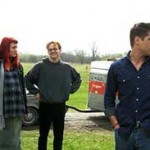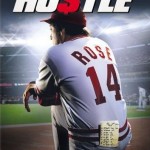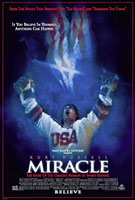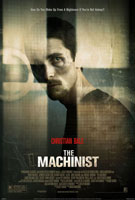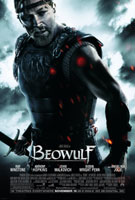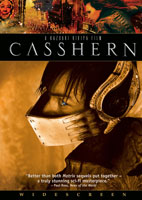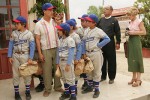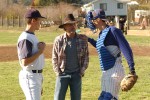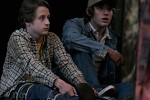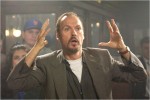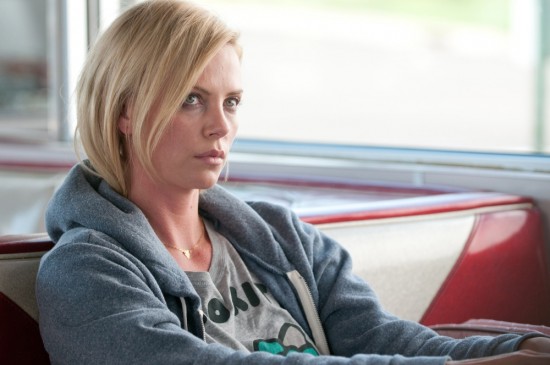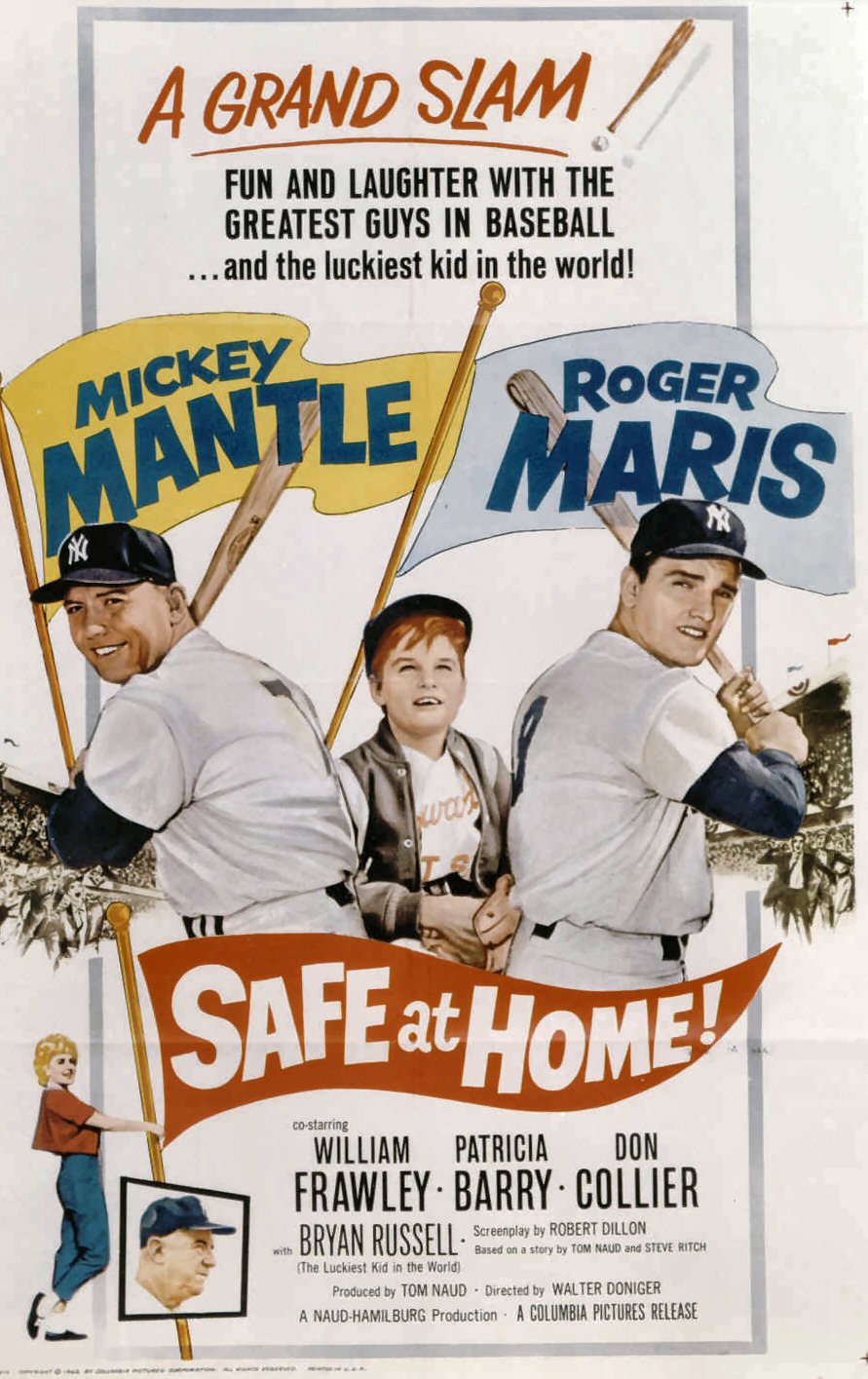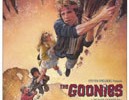What is family? It’s a question I think we often take for granted seeing as how the majority of us are surrounded by mothers and fathers, brothers and sisters, aunts and uncles and endless branches of the family tree. Really, though, family is not found on branches; it’s found in the roots that hold them up. Michael Mayer’s A Home at the End of the World explores the structure of the family in its many possible forms and makes an argument that Colin Farrell is perhaps one of the most charming blokes on the planet.
Bobby (Farrell) was raised in a free-loving home during the late-1960s. He was loved and surrounded by two parents and an older brother who treated him as an adult. Following several tragedies, Bobby is left alone. He moves in with his best friend Jonathan, whose family makes Bobby one of their own. Years pass and the two boys drift apart only to reunite when Bobby moves to New York with Jonathan (Dallas Roberts) and his eccentric roommate Clare (Robin Wright Penn). The trio form a strong but precarious bond where Bobby is the glue.
From early on Bobby’s sexuality is made ambiguous. He and Jonathan share several innocent experiences together as teenagers, while as adults Jonathan is gay and Bobby just wants to be loved. To him it doesn’t make a difference whether the person loving him is male or female. Bobby’s undeclared sexuality is important in the film in its exploration of non-traditional families. He, Jonathan and Clare are family because of something stronger than sexual experience. It’s emotional more than anything. They are a family because they share in everything. When one of them is down, the others try and lift them up. When one hurts, all of them hurt. One dream becomes a common dream. This bond is what makes them family.
A Home at the End of the World is a big departure from Farrell’s bad-boy image. The character of Bobby is one of the most emotionally sensitive male characters I have seen in a film, a far cry from the action star Farrell often portrays in films like Phone Booth and Daredevil. But with that background, it makes his performance all the more powerful. Sometimes it’s hard to remove an actor’s documented personal life from the character they bring to the screen. Farrell brings his partying persona with him and does a complete about turn. His doe eyes, naïve innocence and laid back attitude ensure that everyone on the screen loves Bobby and it’s hard not to feel the same watching it.
Through all of the ups and downs in the film, it’s in the tragedies that A Home at the End of the World finds its strengths. It’s at these times that the characters are at their most honest and vulnerable. All around, the acting holds things together, especially in some of the middle scenes where the script becomes awkward and as distracting as Farrell’s bad mullet hair. Yes, his hair is meant to be bad but it is so bad during this stage that I wanted to cheer when the decision is made to cut it off. I know, hair styles shouldn’t matter all that much when you’re watching a movie, but I couldn’t help it. I don’t really care about it normally, but it was like a Muppet monster that scared me as a child.
Once the mop is gone and the film settles back into “Everybody Loves Colin” mode, the story finds its rhythm again and probes honestly into the meaning and importance of family, no matter the form that it takes. But with strong roots, a tree will blossom. And when it blossoms the seeds spread. This is what Bobby does to the people he encounters. Thankfully, the hokey melodrama is kept to a minimum and Farrell’s undeniable appeal carries A Home at the End of the World to a spot of joyful sorrow and deep meaning. In short, A Home at the End of the World makes you feel – something that’s all too rare in a lot of films past, present and future.
A Home at the End of the World Gallery
A Home at the End of the World Trailer
